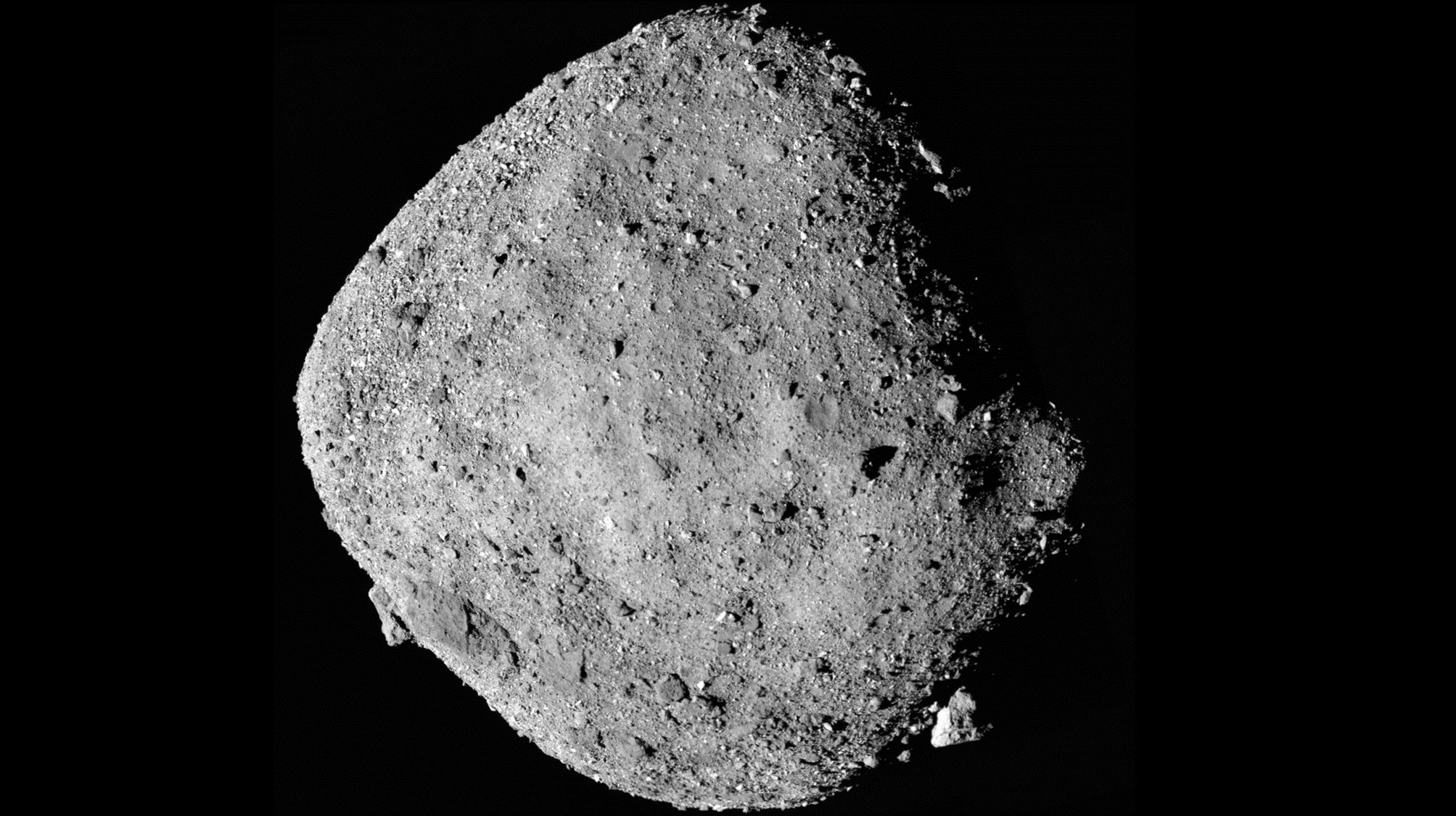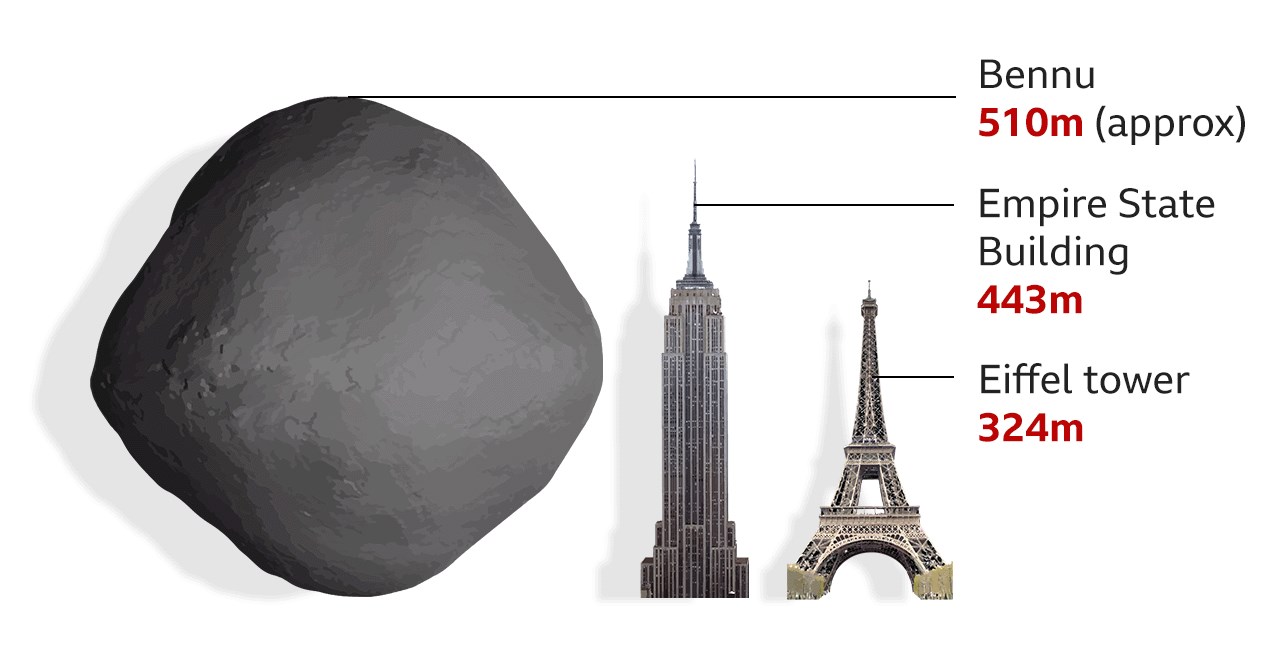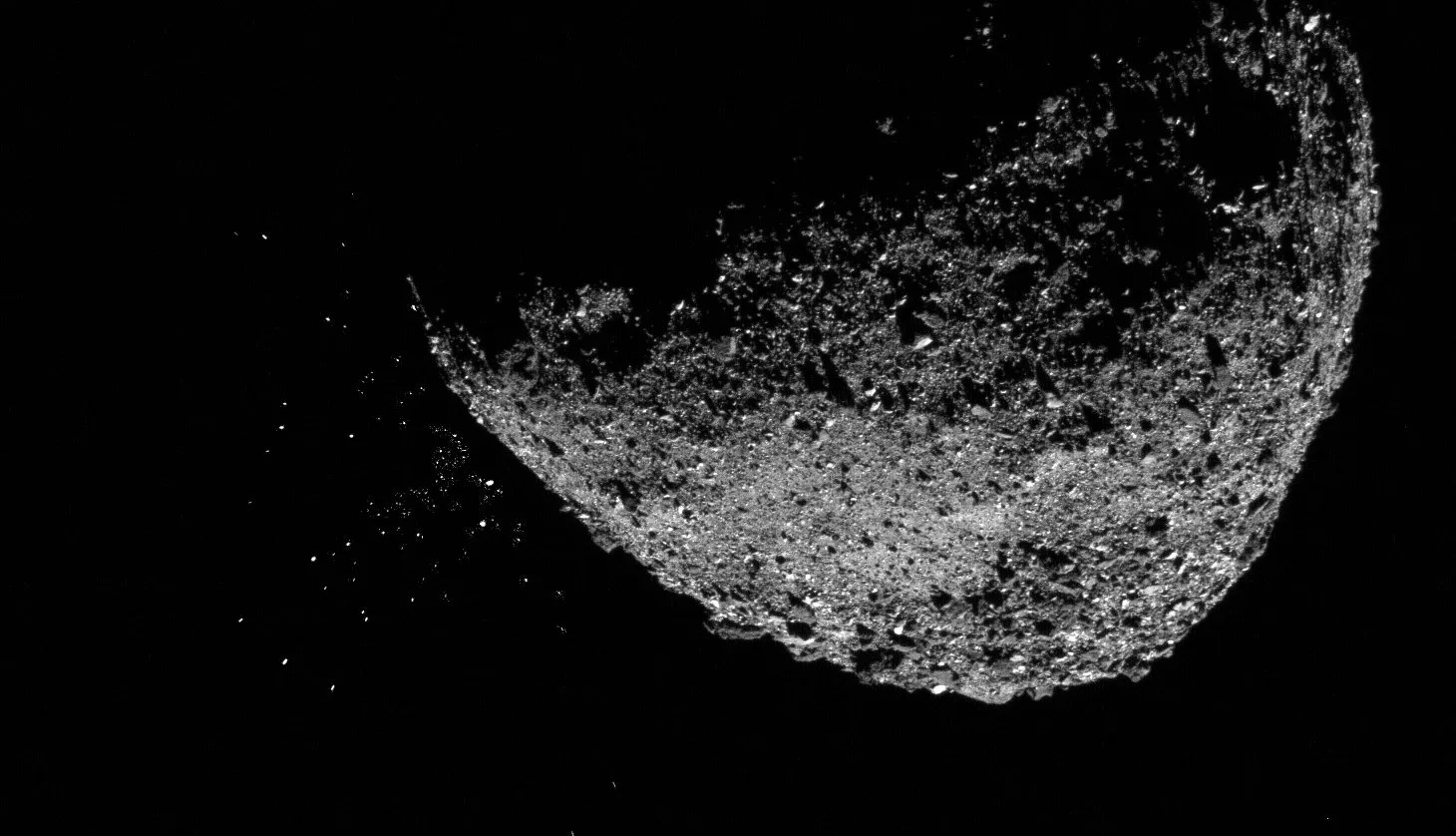 Experts have determined that asteroid Bennu, a celestial body larger than the Empire State Building, poses a potential threat to Earth. To reduce this threat, NASA has embarked on an ambitious mission that could determine the fate of our planet. NASA is developing plans to prevent the possibility of the asteroid hitting Earth.
Experts have determined that asteroid Bennu, a celestial body larger than the Empire State Building, poses a potential threat to Earth. To reduce this threat, NASA has embarked on an ambitious mission that could determine the fate of our planet. NASA is developing plans to prevent the possibility of the asteroid hitting Earth.It was a movie, it’s coming true
NASA notices a giant meteor approaching Earth with great speed and force. This celestial body, the size of a state, will cause immeasurable harm to humanity if it is not stopped. For this reason, scientists undertake a careful study and make a plan to split the asteroid into two. These may sound familiar to you from somewhere. This is exactly what was done in the movie “Armageddon”, which entered the box office in 1998 and starred Bruce Willis.
Although Hollywood and reality often do not coincide, we are actually witnessing similar things these days. NASA’s efforts to protect Earth from asteroid threats actually entered a cinematic era with the agency’s implementation of the Double Asteroid Redirection Test (DART) mission. These efforts will now be followed tomorrow by the arrival of samples taken from the asteroid Bennu to Earth.
Bennu: Cosmic time bomb
Astronomers keep a close eye on Bennu as it approaches Earth every six years. However, the real concern arises from the possibility that Bennu will collide with our planet on September 24, 2182, with a force equivalent to 22 atomic bombs. While the probability of such a disaster occurring is estimated at 1 in 2,700, NASA does not intend to leave it to chance.
 It is important to grasp Bennu’s scale to better understand its potential danger. Although not as massive as the asteroid that wiped out the dinosaurs (about 10 km), Bennu has a diameter of about 500 meters. If Bennu hits Earth, it could create a 10-kilometer-wide crater and cause destruction in an area of approximately 965 kilometers in radius.
It is important to grasp Bennu’s scale to better understand its potential danger. Although not as massive as the asteroid that wiped out the dinosaurs (about 10 km), Bennu has a diameter of about 500 meters. If Bennu hits Earth, it could create a 10-kilometer-wide crater and cause destruction in an area of approximately 965 kilometers in radius.Bennu is still 159 years away from posing a potentially high risk to Earth, but this is essentially a very short period of time. NASA launched the OSIRIS-REx spacecraft seven years ago to prepare for the possibility of an Armageddon-style deflection mission. Its primary purpose was to collect samples from Bennu, a critical step in understanding the asteroid’s composition and behavior. These examples can provide the necessary information to prevent a potential disaster.
OSIRIS-REx, whose spacecraft made a historic landing on the surface of Bennu in October 2020, collected approximately 250 grams of material. While NASA collected an asteroid sample for the first time in its history, it also represented the most significant sample ever collected in space. After years of meticulous planning and execution, the OSIRIS-REx mission is approaching its grand finale. The spacecraft will release a capsule roughly the size of a mini-refrigerator into orbit containing valuable Bennu samples on September 24. The capsule will enter the Earth’s atmosphere at an astonishing speed of approximately 45 thousand km/h. After diving into the atmosphere, the parachutes in the capsule will open and it will land on the surface at a speed of 17 km per hour.
Unraveling the mysteries of our system
 While the primary goal of this mission is to protect our planet, the Bennu samples also present extraordinary scientific opportunities. These pristine fragments from the asteroid Bennu could provide invaluable information about the formation of the Solar System, which occurred approximately 4.5 billion years ago.
While the primary goal of this mission is to protect our planet, the Bennu samples also present extraordinary scientific opportunities. These pristine fragments from the asteroid Bennu could provide invaluable information about the formation of the Solar System, which occurred approximately 4.5 billion years ago.NASA crashed its DART vehicle into the Dimorphos asteroid, which has a radius of 85 meters. The agency proved that the orbit of the asteroid could be changed with such a collision. As a result, NASA’s ongoing mission to study, potentially deflect, or if that’s not possible, break up asteroid Bennu could revolutionize protecting the planet from external threats. While the asteroid threat remains in the distant future, information gained from this mission could one day be instrumental in preventing a cosmic disaster.